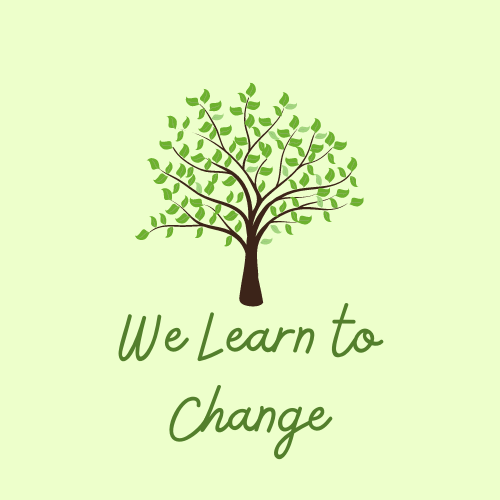I teach a creative writing class by the seat of my pants. Why? Because each student who experiences the class is a unique individual. Creative writing is a personal endeavor; pre-established expectations should not hamper creative writers. Therefore, while the skeleton of the course is there, each item in that “curriculum” – such as it is – has the goal of helping students understand themselves better and find their voice.
To find their voice, creative writers explore their truth. What is it about the human condition they know, deep down, in the bones of their experience? What themes do they turn to, perhaps without knowing it? I don’t think my students are expecting such freedom or challenge when they start the class. It’s jarring to consider one’s metacognitive processes and to examine what they know to be true, especially if they have never been asked to do that before.
The activities of this elective class can only help them become better writers and readers, ultimately leading to self-actualization and increased self-confidence. As I have written many times before, we study literature to better understand the human condition and our place in society. Well, we write to learn the same things.
The First Magazine Post
That brings me to a project we worked on this past week. While our literary and arts magazine had been in print for years, due to COVID-19, I moved it to a WordPress instance last year. Every creative writing student is invited to contribute to the magazine. This week, I asked the students write their first post for the magazine.
The name of the assignment is “Speaking Your Truth.” We explored the concept of theme – a message or statement about the human condition. Usually we are asked, as readers, to find the theme of a work, so I decided to ask the students to determine what theme they would like to express in their post. What is the important message they want to send to their readers at this point in their lives? What do they know to be true about how humans interact, how they live, human nature, and society?
After creating a theme statement, the students created a discussion post on the LMS (learning management system) in which they expressed their theme statement and explained why they know this to be true. The discussion was phenomenal. As I had hoped, granting students freedom and challenging them to think about their values and experiences opened the flood gates of creativity.
The next step was to learn how to use WordPress to create a post. As they are all contributors, that part was easy. Write, click on “Publish,” and then click on “Send for Review.” I will format the post for them. For example, if they want to add media, I can upload their media and insert it for them. If they write a poem, I can ensure the text is in a verse block.
Students were allowed to create any type of text they wanted: poem, short story, comic strip (yes), graphic story (a mini version of the graphic novel), micro-fiction, essay, etc. I believe that thrilled most of the students and frightened some of them.
For example, one of the students asked the age-old chestnut: “How long does this have to be?” in an email. Since no one else knew that this student asked that question, I felt free to comment without embarrassing anyone: “Please do not ask me how long this has to be. It needs to be as long as you need to speak your truth. If that’s one page, cool. If that’s twenty, cool.”
This weekend, I am going to review what has been posted. I am sure that there is some great writing waiting to be read. I can’t wait to learn more about these wonderful individuals and what they know to be true.
